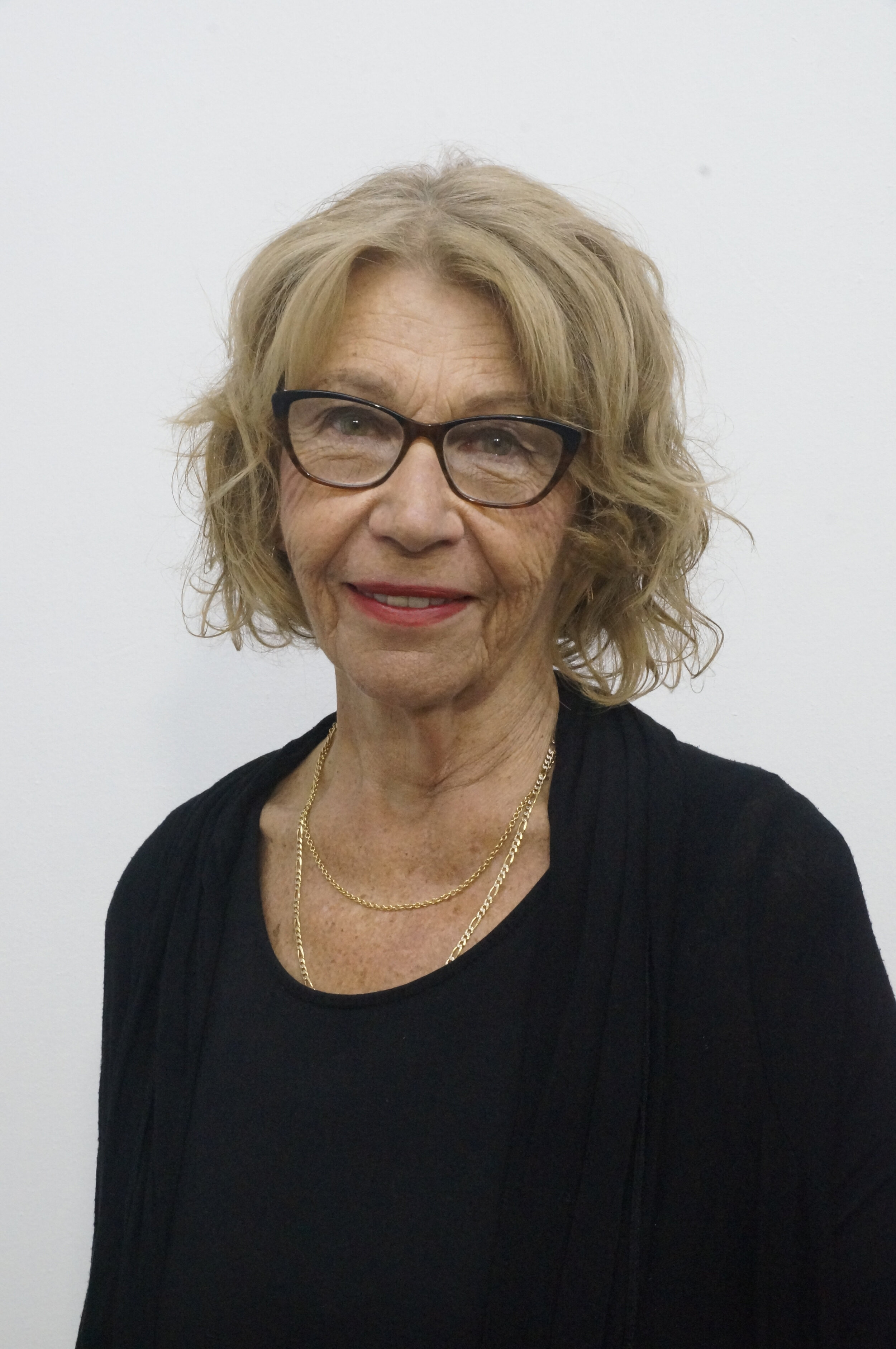Five Questions with Christine Sykes
Our authors are the heart of Ventura - without them we wouldn’t have the books we do! But what makes them tick? What lies behind their passion for literature? To answer these sought after questions, we’re bringing you the Five Questions With series to give you a little more insight into who lies behind the words you’re reading.
The lead up to Summer holidays means an influx of book buyers looking for the next best beach read. The Changing Room, a story of hope, second chances and the power of female friendship, ticks all the boxes for a lazy afternoon at the beach. In November, Better Reading chatted to author Christine Sykes about the inspirations behind the book.
Tell us a little more about The Changing Room.
The novel tracks the lives of three women from diverse backgrounds and generations, who are strangers in the opening scenes.
Anna is in her sixties and faces a life of loneliness and purposelessness when she loses her dream job and the man to match. An interfering friend introduces Anna to Suitability, a styling service for women seeking employment, where she meets Claire. Claire is a forty-six-year-old philanthropist who appears to have everything – the renovated mansion, the perfect family and a full life. When twenty year old Molly enters Suitability, having been through more strife than anyone should, the three women learn the true value of friendship.
The journeys of Anna, Claire and Molly are bumpy and become more entwined when Suitability faces closure. Through mutual support, these women find the strength and courage to rebuild their lives and a way to ensure ongoing support for thousands of women.
2. You were involved in Dress for Success, the inspiration behind The Changing Room. Can you tell our readers a bit about this organisation and why it inspired your book?
Dress for Success ticks all the boxes. It’s about fashion and style, as well as social justice and the environment. In NSW, over 3,500 women a year are assisted by the organisation. I became a volunteer over 7 years ago after meeting the founder, Megan Etheridge. As a stylist I was able to put into practice all the lessons I’d learned about dressing for work during my long career as a public servant. In the space of an hour, I watched women being transformed by both the outfits and the styling experience. As Molly says, it’s not just the clothes, but the self-confidence that goes with the whole experience.
When I retired, I extended my role to include coaching and became the volunteer coach co-ordinator. This provided women who were struggling to find work with one-on-one support in their quest. It also provided me with a sense of value, much as it does for Anna.
3. What do you hope the reader will take away from this book?
My main hope is that the reader enjoys the novel and is engaged with the characters. Story can be a powerful way of learning and gaining insight into our lives and the way we can support each other to face challenges. While it is a story of hope and the value of female friendships, the novel touches on some gritty topics. In particular, as Claire says, there is no excuse for domestic violence.
The novel is a celebration of the resilience and empowerment of women through organisations like Dress for Success and it would be wonderful if more people learn about the value of and realise the need for a range of services for women. The importance of services by women, for women and with women in daily life cannot be overestimated.
I think it is critical to showcase services like DFSS in literature, to explore their contribution and to validate their existence and use by women as both volunteers and clients.
4. What is something that has really influenced you as a writer?
At an early age I discovered a love of reading where I found both escape and knowledge in novels. When I was older, I discovered amazing women writers who influenced me and who I longed to emulate. Some of my favourite Australian women writers throughout the years are Elizabeth Jolley, Kate Grenville, Stephanie Dowrick and Liz Byrski. Through writing I have met some of these writers and they have inspired me to persist and to invest in my writing and myself.
When I retired, one of the first things I did was to enrol in the Year of Writing a Novel course with the brilliant Emily Maguire at Writing NSW. After the course I was privileged to meet up with Emily in Paris over coffee where she was completing a well-earned residency. Emily read an extract of The Changing Room and encouraged me to pursue publication.
5. What’s your daily writing routine like and what are you working on at the moment?
My routine varies depending on what I’m working on and what else is happening in my life. I prefer to write early in the day, and my favourite time is from about 6am to about 11 am. I’ve also enjoyed the times I’ve had the opportunity to retreat and write full time for a week or more, when I minded a friend’s apartment.
I have a memoir and a novel which are close to completion and I’m looking at publishing options. There are several other projects and ideas which are at different stages.
Read more about Christine and her latest book The Changing Room, or head to our events page to save the date as The Changing Room goes on tour.
This Q&A was originally posted on Better Reading.
You can read Better Reading’s review of The Changing Room here.

